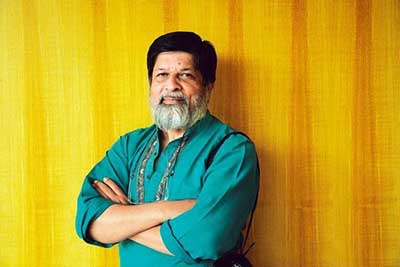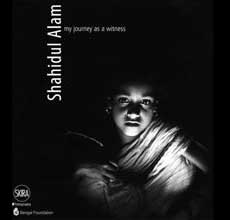The Bangladeshi photographer on his art, politics and addressing inequalities
Shamik Bag?Mint
Updated:?Fri, Dec 21 2012. 06 13 PM IST
Q&A | Shahidul Alam
Our interview was interrupted when Shahidul Alam shifted to a new hotel in Kolkata since the British-era club where he was staying disallowed him from entering the dining area wearing his trademark sandals. Alam complained of colonial mindsets and moved out. Much of his career as a photographer and later founder of Dhaka-based photo agency Drik and the London-based organization Majority World is pivoted around his protests against prevalent Western biases and prejudices.
He was in the city recently to release his autobiographical coffee-table book,?My Journey as a Witness?and conduct a Drik and India-British Council organized photography workshop. Edited excerpts from an interview:
You claim to photograph for political reasons. What are your political leanings?
I?m not a political theorist. The politics that I espouse is very simple: We live in a world of great inequalities, within my country, region and globally. These inequalities I want to address, be it at my home, or outside. I?m yet to come across a political party that I respect or have time for.
A poet?s eye
Photographs from Shahidul Alam?s coffee table book, ?My Journey as a Witness?
-

Woman cooking on rooftop in Jinjira, Bangladesh, after the September 1988 floods. Shahidul Alam/Drik/Majority World 
Rejoicing at Lt. Gen. H M Ershad?s fall Mirpur Road, Dhaka, Bangladesh,1990.?Shahidul Alam/Drik/Majority World

Cooking in Pangsha, Faridpur, Bangladesh, 1992.?Shahidul Alam/Drik/Majority World

On the Dal Lake, Srinagar, Jammu & Kashmir, 2008.?Shahidul Alam/Drik/Majority World

Ilish fishing on the Brahmaputra river at Dauladia, Bangladesh, 2001.?Shahidul Alam/Drik/Majority World

Hill Tracts family in Bandorban, under military occupation, 1992.?Shahidul Alam/Drik/Majority World

An airport goodbye: Dhaka airport, Bangladesh, 1996.?Shahidul Alam/Drik/Majority World
In 2006, some people were considering Bangladesh as the next Afghanistan. Has the situation improved since?
The political elite is completely right wing (including the Awami League and Bangladesh Nationalist Party) and has been for a long time. The fact that in this current government coalition, the Left has sold out to a right-wing political party, shatters any perception of the Left being representatives of the people. I don?t think Bangladesh was ever fundamentalist. Even though the fundamentalist parties are strong, the public has never given them more than 10% of votes.
?Chobi Mela?, the international photography festival you started in Dhaka, uses boats and bullock carts to exhibit photographs for the public.
The photography community in Bangladesh is now a force to reckon with internationally. Right now, there are a set of four issues planned by?The New York Times?on Bangladeshi photography.?Time?andNewsweek?are talking about an issue on Bangladeshi?photography. It is generally accepted that Dhaka-based Pathshala?(Alam is a founder)?is the finest photography school in the world and ?Chobi Mela? is an important event.
But has visual culture percolated down to the general masses?
Visual literacy as an educational tool has not been attempted in the mainstream. We learn different subjects but this important field of study is ignored throughout the subcontinent. But for me the most exciting thing to happen is that now we have about 32 rural correspondents sending about 150 multimedia feeds every month from all parts of Bangladesh to Drik. These are rural people who have been trained to use the iPod touch to send multimedia news which we then disseminate to mainstream media. The project is called Rural Visual Journalism Network, a component of Drik News.
What are you working on?
My next body of work will be on Kalpana Chakma, an activist of the Hill?s Women?s Federation in Bangladesh who was abducted 15 years ago. We hope to do the show on 12 June 2013, the 16th year of her disappearance, using a different strategy yet again to engage with the audience. The idea is to use scientific and forensic data and treat it as an aesthetic jar for creating artworks, if you like, but based on raw data.
Does your kind of photography thrive in a state of unrest?
Well, I have certainly wondered if I were born in the West, I might have been looking for a cause. But in practice, I think the West needs as much democracy as we do. Certainly what they do across the globe has little to do with the democratic process. The real heroes of my country are the farmers, the migrant workers and garment workers and we have failed them time and time again. We have worked so hard for our freedom, yet there are sections in my country which are under military occupation today. Those freedoms need to be protected.
In a peaceful Bangladesh, will you find enough work?
Maybe I?ll write poetry.
————————-
Please Retweet #photography #Bangladesh #ShahidulAlam


